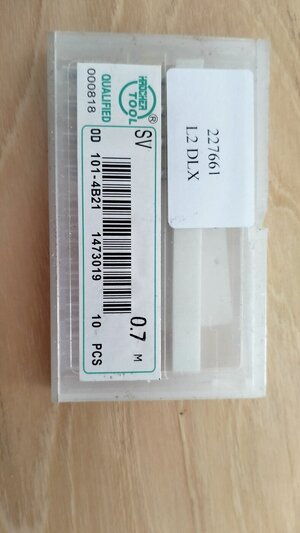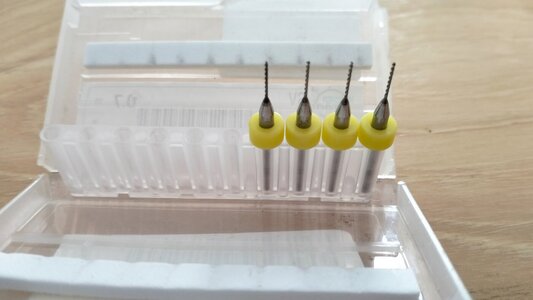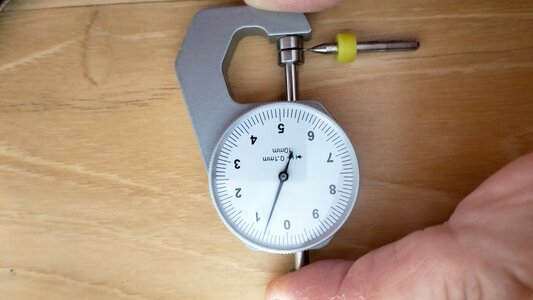Perhaps some of our more experienced members have already seen this problem but I never expected to have to check commercially produced drill bits. Until now.
I have bought a quantity of these .7mm bits over time but it was only when I tried using .7mm nails through drilled brass that I discovered the discrepancy.
All these bits at .6 mm but marked as .7mm



The nails and brass rod are .7mm as marked.
I have bought a quantity of these .7mm bits over time but it was only when I tried using .7mm nails through drilled brass that I discovered the discrepancy.
All these bits at .6 mm but marked as .7mm



The nails and brass rod are .7mm as marked.






